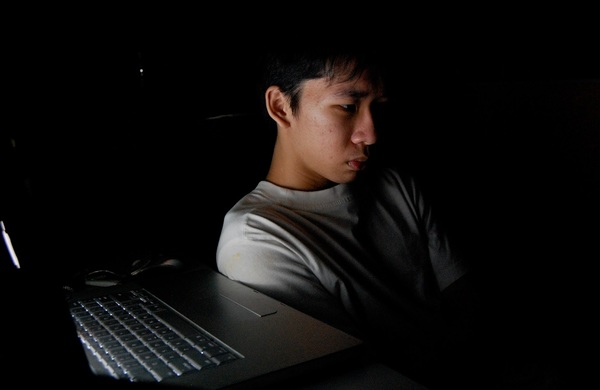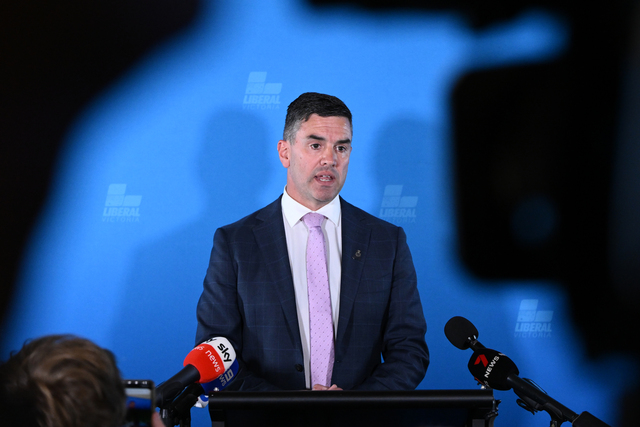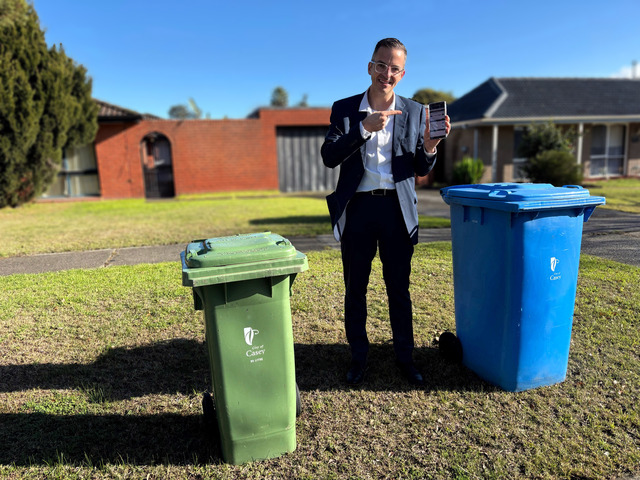By GEORGIA WESTGARTH
TEENAGERS are using social media as a platform to post images and messages about self-harming and school counsellors are dealing with the destructive behaviour at alarming rates.
One Casey youth counsellor has said that the behaviour is a cry for help and a way of releasing psychological pain through physical harm.
It is a problem that schools are dealing with regularly.
Cranbourne Information and Support Service (CISS) youth worker Natalie Waring said she saw self-harming in her work at a south east secondary college.
“It’s not an epidemic but it is on the rise. Kids can Google anything these days.”
Some self-harming methods Ms Waring is aware of include cutting using a Stanley knife or blades from a pencil sharpener.
Ms Waring said some teens turn to cutting their wrists, arms, stomach or upper thighs as a coping mechanism.
They then hide the bloody incisions by wearing heavy coats and long sleeve shirts, even in warm weather.
“I find a lot of girls do it in groups and post it on social media as a way of getting it out there.
“But both sexes do it and they see how many ‘likes’ they get,” she said.
Ms Waring said the behaviour was a way of getting attention for a variety of problems.
“People describe it as attention seeking but attention is help, it’s their way of saying I need help,” she said.
“I think it is a sad way of going about it but by putting it on social media they might hope that someone might come up and say, hey, can I help you?”
However she said there isn’t a particular type of person who is involved.
“Self-harming is usually noticed in students ranging from year seven to 10 and usually they are dealing with bullying, a complex home life or anxiety and it’s a way of letting their pain out,” she said.
“Especially if they are highly anxious they feel if they cut themselves it releases some of the pain they feel, even though they are feeling the physical pain.”
But Ms Waring said parents should not automatically think that suicidal behaviour will follow.
“Self-harming doesn’t necessarily mean that person is suicidal – a lot of parents think if they are self- harming it’s going to lead to suicide, but it’s not,” she said.
Those who need immediate assistance can phone Lifeline on 13 11 14 or contact CISS to book a free consultation.









